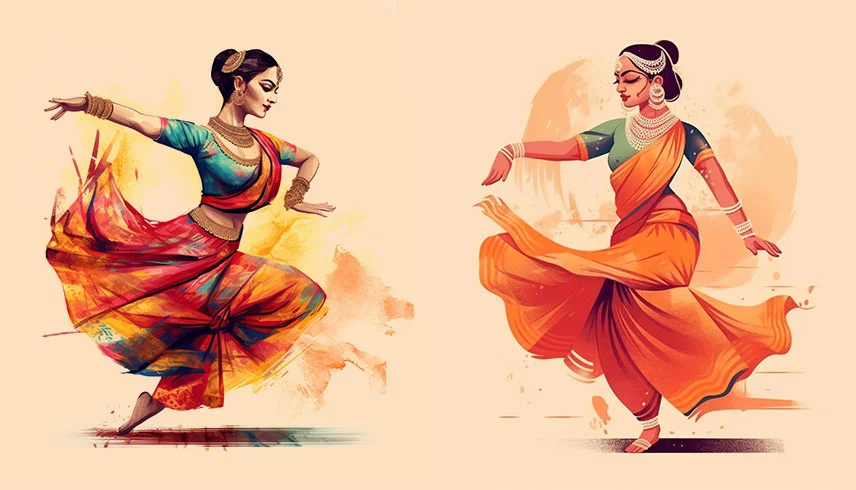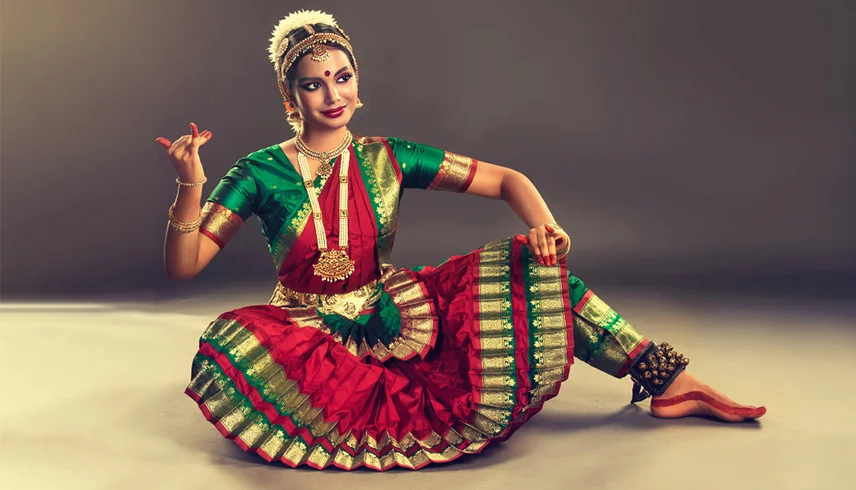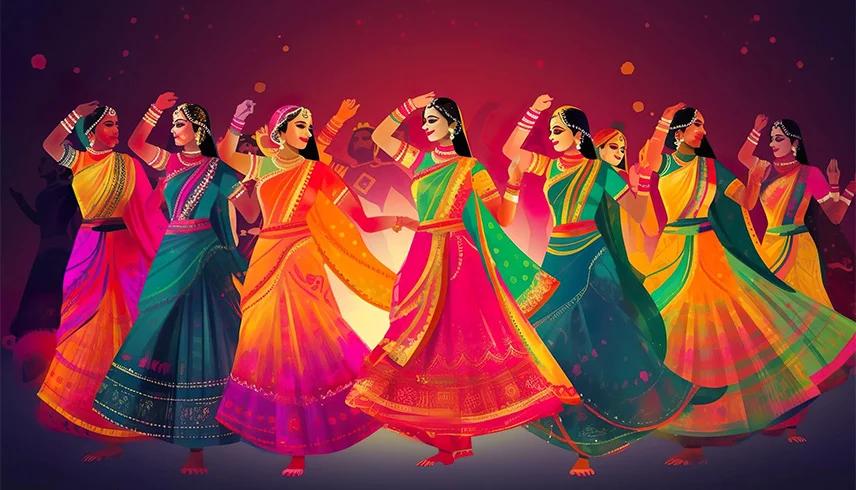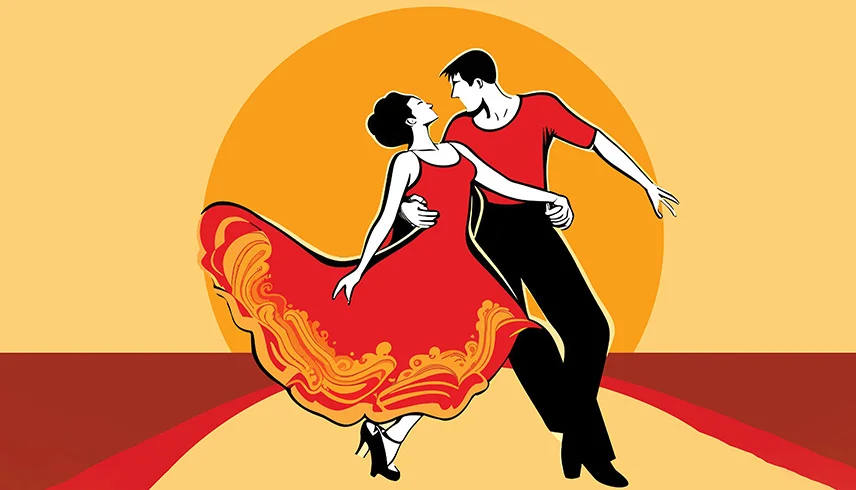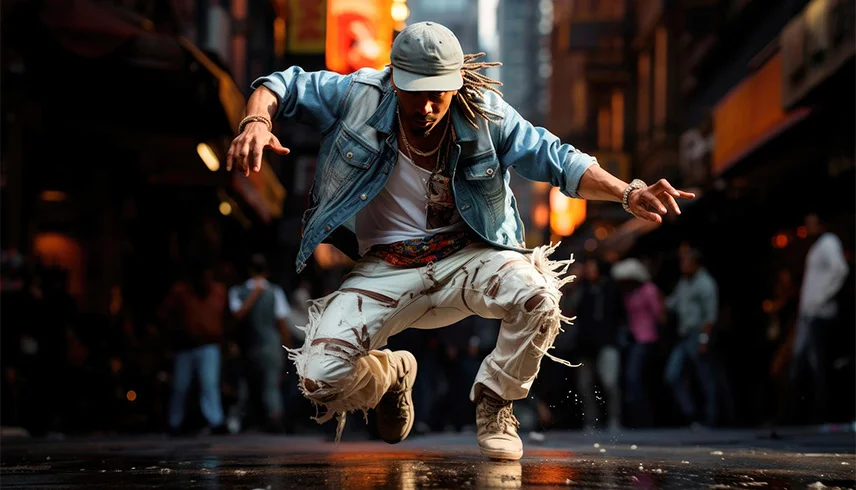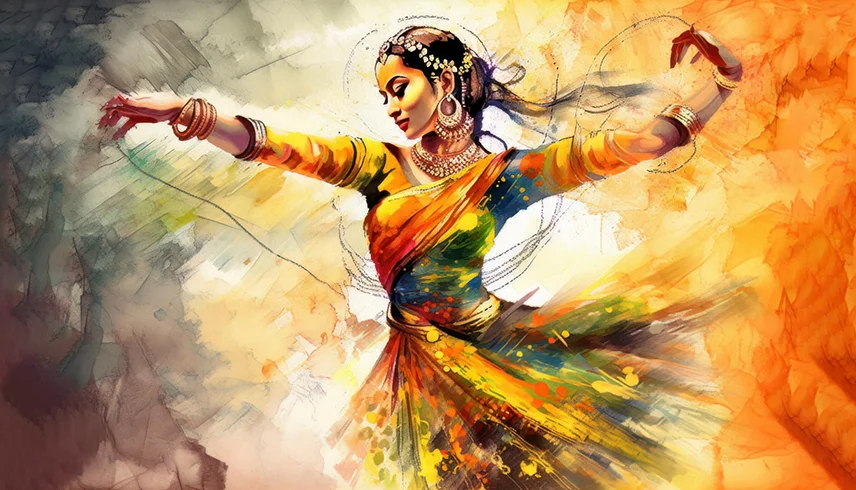
Odissi dance is a classical Indian dance form that traces its origins to the ancient temples of Odisha, a state in eastern India. The dance combines expressive hand signals (mudras), complex footwork, and a specific tribhangi position. Odissi often shows Hindu mythological stories, notably those involving Master Krishna.The movement is accompanied by classical Odissi dance classes in delhi, music played on instruments such as the tabla, woodwind, and sitar.Unmistakable masters, including Kelucharan Mohapatra, have contributed to the development of several styles within Odissi.
Odissi, known for its smooth developments and narration through facial expressions, continues to be featured in festivities such as the Konark Move Celebration, demonstrating a mesmerizing blend of convention and artistry. Known for its exquisite movements, intricate gestures, and spiritual themes, Odissi is considered one of the oldest surviving dance forms in India, with a history that dates back over two thousand years. Rooted in the rich cultural heritage of the region, Odissi dance is a celebration of the divine, embodying the grace, beauty, and devotion of Indian classical dance art.
The origins of Odissi dance can be traced back to the temples of Odisha, where it was performed as a form of devotional offering to the Hindu gods and goddesses. The dance form flourished under the patronage of the local rulers and aristocracy, who commissioned artists and musicians to create elaborate dance dramas and rituals that celebrated the divine.
Over the centuries, Odissi dance evolved and adapted to reflect changing social, political, and cultural influences, incorporating elements of poetry, music, and theater into its repertoire. Despite periods of decline and revival, Odissi dance has remained a cherished and revered art form in Odisha and beyond, admired for its timeless beauty and spiritual significance.

